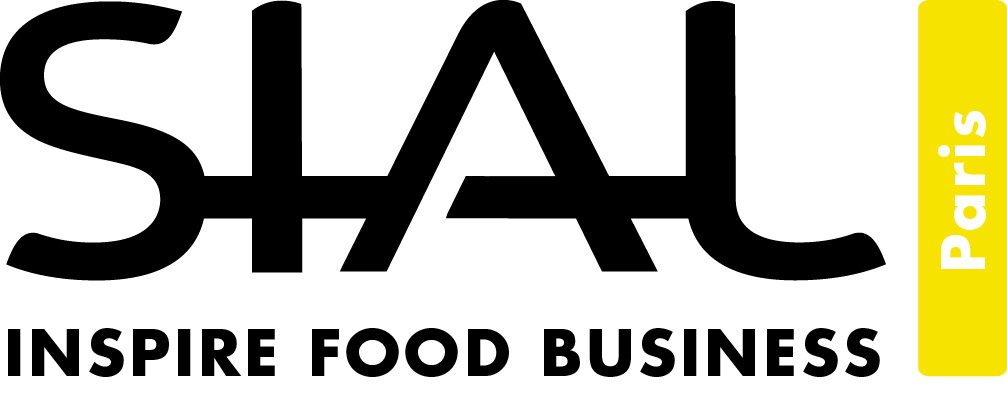Nestlé looks at scalable solutions to make dairy farming more sustainable
Milk remains an important source of nutrients and provides several health benefits, but it can have a strong impact on the environment. This is why Nestlé is highlighting its research into new technologies to reduce dairy’s impact and implement solutions at scale.
Nestlé is exploring different approaches to reduce dairy’s greenhouse gas emissions. The company is working with farmers, suppliers, leading universities, industry organizations, start-ups and local governments to research, test, validate and scale up different agricultural solutions and technologies, including for dairy livestock.
One area of research is on feed supplements that can reduce methane emissions from enteric fermentation – the cow’s digestion process and the largest source of emissions in fresh milk production. In the United States, for instance, Nestlé is facilitating research to assess the efficacy and the human, animal and environmental health and safety aspects of feed supplements, which have the potential to reduce enteric methane emissions.
The second biggest source of greenhouse gas emissions on a dairy farm is from the feed for cows – for example, from its production, storage, and disposal. Nestlé is working with farmers to implement regenerative agriculture practices, such as the introduction of cover crops or more widespread use of organic fertilisers in the production of feed to cut emissions.
Farmers on one of Nestlé’s pilot farms in South Africa, for instance, are growing their own multi-species pasture for animal feed while reducing the use of chemical fertilisers. This helps improve soil quality, which enables more carbon capture. The company also supports farmers in calculating exactly how much feed cows need based on factors like weight, age, and gestation period to reduce overfeeding and waste.
Better manure management will also help reduce dairy farm emissions. In Mexico, for instance, cow manure is separated into liquids and solids. The solids are composted and returned to the soil while the liquid is incorporated into the irrigation system.
In addition to these approaches, Nestlé is working with many more dairy farmers around the world. Through over 100 full-scale climate projects, farmers are planting trees on existing pastures, introducing multiple species on pastures, establishing new pastures in woodlands (silvopasture), rotating the land where cows graze, collecting and storing manure, and adopting more renewable sources of energy.
In Brazil, for instance, Nestlé is working with more than 1,500 dairy farmers to adopt more animal-friendly housing systems, cover cropping and more renewable sources of energy as well as practices to help conserve water. Nestlé is helping small and medium-sized farmers in Pakistan increase their efficiencies through low-stress housing for animals, farmer capacity building and solar and biogas energy, among others. In Chile, Nestlé is working with farmers to improve pasture yields through multi-species pastures, rotational grazing and pasture management, while helping them improve nitrogen use efficiency.

Looking at reaching net zero greenhouse gas emissions by 2050
Last but not least, Nestlé is looking at ways to blend milk and plant ingredients together, contributing also to the reduction of emissions from dairy production. The company launched its first affordable and nutritious instant powder in Central and West Africa that is made with a blend of milk and plant ingredients. By combining the milk and locally sourced soy, it contains essential nutrients such as protein and fiber and is a source of iron and calcium. Developed locally by Nestlé experts at the regional R&D center in Abidjan, Côte d’Ivoire, the versatile product can be consumed with a variety of cereals, porridges, and drinks. Nido Milk & Soya is now available in Nigeria.
Additionally, through the R+D Accelerator located at the R&D centre in Konolfingen, Switzerland, Nestlé teams are leveraging the centre’s expertise in dairy and dairy alternatives to rapidly develop and test new concepts that combine both milk and plant ingredients.
Last year the teams also developed a nutritious powdered beverage made with a blend of milk, soy and fruit that was first piloted in Asia. The beverage was tailored specifically to meet the nutritional requirements and taste preferences of children, in an affordable and sustainable way.
Researchers at the company’s new Institute of Agricultural Sciences are looking for ways to reduce emissions, while considering the nutritional quality of milk, food safety, regulatory compliance, and animal welfare. The effectiveness of new technologies and approaches are evaluated on multiple research farms all over the world. Before being scaled up, they need to prove they are operationally feasible and economically viable for farmers.
There is no one-size-fits all approach. Different practices and different solutions need to be applied in different combinations depending on an individual farm’s crops, livestock, environment, soil type, and many other factors. Solutions to reduce dairy emissions will be essential in Nestlé’s journey to reach net zero greenhouse gas emissions by 2050.
Join us at SIAL Paris as exhibitor Join us at SIAL Paris as visitor
